What Are Capital Controls?
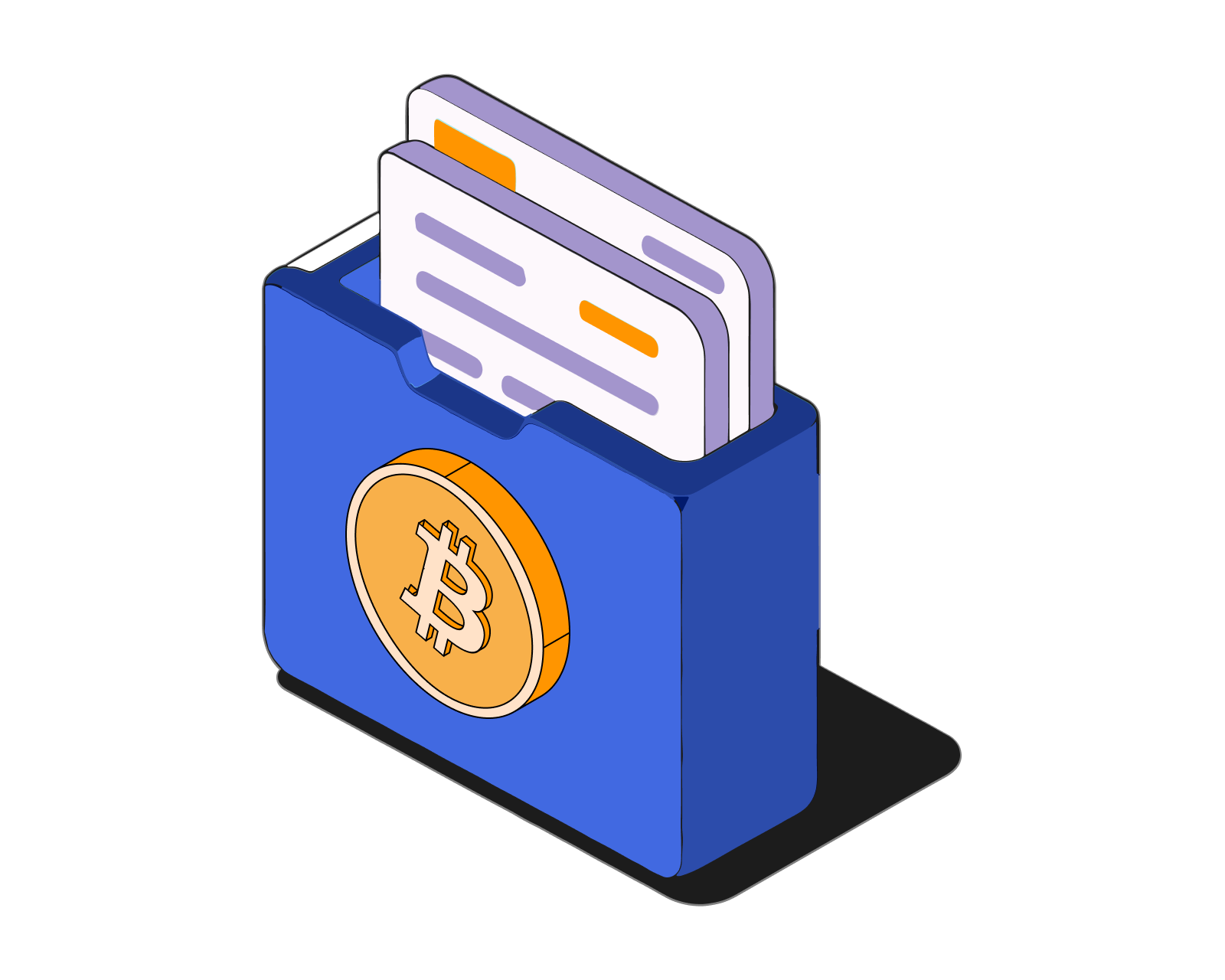
Table of Contents
- What Are Capital Controls? - Definition, Types, Real-World Examples, and Their Relationship to Bitcoin
- Overview
- Historical Use of Capital Controls
- Why Governments Use Capital Controls
- Types of Capital Controls
- Legal and Compliance Considerations
- Real-World Examples of Capital Controls
- Global Snapshot: Capital Control Environments
- Capital Controls vs. Tariffs: The Policy Debate
- From the Macro Trenches
- The Boiling Frog Theory
- Impact on Global Capital Flows
- How Capital Controls Are Enforced
- Short-Term vs. Long-Term Impacts of Capital Controls
- Unintended Consequences of Capital Controls
- Capital Controls and Bitcoin
- Cryptocurrencies as a Response to Capital Controls
- Pros and Cons of Capital Controls
- Final Thoughts: Navigating the Landscape of Financial Restrictions
- FAQ
What Are Capital Controls? - Definition, Types, Real-World Examples, and Their Relationship to Bitcoin
Capital controls are government-imposed restrictions on the movement of money across borders, used to regulate currency stability, investment, and financial flows.
Overview
Capital controls are government-imposed measures that regulate the flow of money and investments into or out of a country. They can apply to individuals, companies, and financial institutions, and are used to influence currency values, protect domestic industries, or stabilize an economy during a crisis.
In recent years, capital controls have gained renewed attention - not just in emerging markets, but in advanced economies like the United States - as a potential tool to reshape trade balances and protect domestic industries. Some macro analysts believe that in the coming years, capital controls could play a major role in global finance, with significant implications for investors, businesses, and cryptocurrency users.
For more context on financial freedom, explore our guides on unstoppable money and censorship resistance.
Historical Use of Capital Controls
Capital controls are not a modern invention. They were common in the mid-20th century, especially under the Bretton Woods system (1944–1971), when most major economies used them to manage exchange rates and maintain financial stability.
Even advanced economies like the United Kingdom and United States imposed restrictions on cross-border capital flows at various points. After the 1970s, many countries relaxed or removed them in favor of financial liberalization, but they remain widely used in emerging markets and can resurface in developed economies during crises - as seen in Iceland (2008) and Greece (2015).
Why Governments Use Capital Controls
Governments implement capital controls for a mix of economic, financial, and political reasons:
1. Stabilizing Exchange Rates
By limiting capital outflows, controls reduce downward pressure on a currency during instability. For example, restricting the ability to convert local money into foreign currencies can slow devaluation. Learn about inflation and how it erodes purchasing power.
Example: In 2015, Greece capped ATM withdrawals at €60 per day to slow euro outflows during its debt crisis.
2. Preventing Currency Crises
Capital controls can discourage speculation against a currency, lowering the risk of sudden crashes and restoring market confidence.
Example: Malaysia in 1998 imposed strict controls during the Asian Financial Crisis, helping stabilize the ringgit and avoid IMF loans.
3. Managing Economic Volatility
By regulating inflows and outflows, governments attempt to reduce the impact of global shocks on their domestic economy.
Example: Brazil has used taxes on foreign capital inflows to manage speculative “hot money” and reduce market volatility.
4. Protecting Domestic Industries
Restrictions on foreign investment can prevent speculative bubbles in real estate, banking, or other strategic sectors.
Example: China limits foreign ownership in key industries such as banking, energy, and telecommunications to protect domestic control.
5. Preserving Foreign Exchange Reserves
Limiting capital leaving the country helps maintain reserves needed for imports, debt payments, and currency defense.
Example: Argentina, as of 2025, allows residents to buy only $200 USD per month in foreign currency to protect dwindling reserves.
6. Political Considerations
Controls can also serve political goals - for example, restricting access to foreign markets or limiting the flow of money to certain groups or rival states.
Example: During sanctions, countries like Russia and Iran have tightened capital controls to prevent currency flight and maintain domestic liquidity.
7. Tax Collection and Regulation
Capital controls make it easier to monitor and tax cross-border flows, while also being justified as tools to combat money laundering or illicit financial activity (though their effectiveness is debated).
Example: India requires reporting and approval for many large outbound transfers under its Liberalised Remittance Scheme, partly to track tax compliance.
Types of Capital Controls
Inflow controls – Measures that limit or tax foreign money entering a country, often to prevent currency appreciation or overheating in asset markets.
Outflow controls – Measures that restrict or tax the movement of domestic capital abroad to protect reserves or prevent capital flight.
Common tools include:
- Transaction limits – Caps on foreign currency purchases or overseas withdrawals.
- Foreign exchange restrictions – Requiring central bank approval for currency conversion above certain amounts.
- Investment restrictions – Bans or limits on foreign ownership in strategic sectors like energy, banking, or real estate.
- Taxes and fees – Annual or transaction-based taxes on foreign-owned assets.
- Complete bans – Prohibiting certain cross-border transfers or investments altogether.
Other mechanisms governments may use include:
- Dual exchange rates – Establishing separate official and market rates to control access to foreign currency.
- Mandatory repatriation of earnings – Forcing exporters to convert foreign currency revenues into local currency within a set timeframe.
- Withholding requirements – Requiring a portion of foreign capital inflows to be held in reserve or in non-interest-bearing accounts.
Legal and Compliance Considerations
Capital controls are typically enacted through official government or central bank policy, giving them full legal force domestically. They can be:
- Permanent policy tools – embedded in a country’s monetary and investment regulations.
- Temporary emergency measures – introduced during crises but sometimes extended for years.
- Targeted controls – applying only to specific asset classes, industries, or counterparties.
Enforcement is usually carried out through:
- The banking system – monitoring and blocking transactions that violate limits.
- Foreign exchange bureaus – requiring approvals for large currency conversions.
- Customs and border agencies – restricting the movement of large sums of physical cash.
Violating capital controls can carry heavy penalties, including fines, asset seizure, or criminal charges. For this reason, anyone using alternative channels such as cryptocurrency to move money across borders must understand the local legal risks.
Real-World Examples of Capital Controls
Current Examples:
- China (Ongoing) – Citizens face a strict annual quota of $50,000 USD equivalent in foreign currency conversion to manage capital outflows and stabilize the yuan.
- Argentina (2025) – Residents are limited to $200 USD per month in foreign currency purchases to protect reserves.
- Nigeria (Ongoing) – Restrictions on dollar withdrawals and import payments contribute to an active parallel FX market.
- Ethiopia (Ongoing) – Tight limits on foreign exchange access to preserve scarce reserves.
Historical Examples:
- Malaysia (1998) – Imposed sweeping controls during the Asian Financial Crisis to stabilize the ringgit and avoid IMF loans.
- Iceland (2008–2017) – Introduced controls after its banking collapse to protect the króna and stop rapid outflows; restrictions lasted nearly a decade before being lifted.
- Cyprus (2013) – Limited bank withdrawals (max €300/day) and transfers abroad to prevent capital flight during the financial crisis.
- Greece (2015–2019) – Capped ATM withdrawals at €60/day and restricted international transfers during its debt crisis.
- Argentina (2001–2015) – Maintained various controls to address instability and devaluation, but at the cost of reduced foreign investment.
- Venezuela (2003–2019) – Ran a state-controlled exchange rate system that fueled one of the world’s largest black markets for USD.
- India (2016) – During demonetization, cash withdrawal and FX restrictions were temporarily imposed to curb black-market activity.
Global Snapshot: Capital Control Environments
While capital controls vary widely in scope and enforcement, countries generally fall into three broad categories:
| Category | Examples | Typical Features |
|---|---|---|
| Strict Controls | China, Argentina, Nigeria, Ethiopia | Tight FX quotas, limits on overseas transfers, foreign investment restrictions |
| Moderate Controls | India, South Korea, South Africa | Some limits on investment abroad, approval processes for large transactions |
| Liberal/Open | United States, United Kingdom, most EU countries* | Few formal controls, but may impose temporary measures during crises |
*Even in open economies, targeted or temporary capital controls may be introduced in exceptional circumstances.
Capital Controls vs. Tariffs: The Policy Debate
Traditionally, governments address trade imbalances through tariffs (taxes on imports). But tariffs can be politically unpopular if they raise consumer prices and disrupt supply chains.
Some economists, including those cited by Arthur Hayes, argue that capital controls can achieve similar goals by targeting the capital account surplus - the foreign money flowing into a country’s assets. For example, a 2% annual tax on foreign holdings of stocks, bonds, and property could discourage excessive inflows, reduce dependence on foreign capital, and encourage domestic investment without immediately raising consumer prices.
This approach has been discussed in the context of US trade policy as an alternative to broad tariffs on imported goods.
From the Macro Trenches
Recent discussions among global macro analysts have revived interest in capital controls as a policy alternative to tariffs.
One high-profile argument, outlined by Arthur Hayes and echoed by other economists like Michael Pettis and Stephen Miran, suggests:
- Tariffs tend to raise consumer prices quickly, making them politically unpopular and often ineffective unless applied uniformly across all trading partners.
- Capital controls - for example, a 2% annual tax on foreign-owned stocks, bonds, and real estate - could reduce reliance on foreign capital without immediately disrupting consumer markets.
- This approach could weaken the domestic currency over time, boosting export competitiveness and encouraging domestic manufacturing.
- Revenue from such measures could be redirected into domestic tax cuts or social programs, making the policy more palatable to voters.
Hayes and others also highlight that if capital controls become more common, investors may seek “stateless” stores of value like gold and Bitcoin - assets that are harder to restrict across borders.
This perspective is adapted from Arthur Hayes’ May 2025 macro commentary on trade flows, capital controls, and currency stability.
The Boiling Frog Theory
One risk of introducing capital controls in a reserve-currency country like the United States is market shock. If implemented too suddenly, foreign investors could dump US assets, driving down stock, bond, and property values.
To avoid this, policymakers may phase in controls gradually - much like slowly heating water so a frog doesn’t jump out. Over time, these measures could reshape global capital flows without triggering a sharp financial crisis.
Impact on Global Capital Flows
If foreign investors face ongoing taxes or restrictions on US assets, they may:
- Shift investments back to their home markets.
- Buy assets in other countries.
- Allocate more capital to stateless assets like gold or Bitcoin. Learn more in Bitcoin vs Gold: A Comparative Analysis for the Modern Investor.
A gradual move away from US financial markets could weaken the dollar over time, making US exports more competitive but also raising the cost of imports.
How Capital Controls Are Enforced
In practice, capital controls rely on a mix of financial oversight and regulatory infrastructure:
- Banking oversight – Central banks require commercial banks to report and block unauthorized transfers.
- Transaction reporting thresholds – Large cross-border payments must be declared to regulators.
- Currency conversion licensing – Only approved entities can conduct foreign exchange transactions above certain amounts.
- Import/export rules for cash – Physical currency above a set limit must be declared and may be seized.
- Real estate and securities registry monitoring – Foreign ownership is tracked through official property and market records.
These mechanisms give governments the practical ability to enforce rules without fully closing off capital markets.
Short-Term vs. Long-Term Impacts of Capital Controls
Short-Term Benefits:
- Helps stabilize the currency during sudden market shocks.
- Buys time for policymakers to implement broader reforms.
- Preserves foreign exchange reserves.
- Can temporarily reduce volatility in exchange rates and financial markets.
Long-Term Risks:
- May reduce foreign investment and slow economic growth.
- Can distort market signals, leading to inefficiencies and misallocation of capital.
- Risk of shielding domestic industries from necessary competition.
- May increase transaction costs for businesses and individuals.
- Potential erosion of economic freedom, as citizens and companies lose flexibility in financial decisions.
Unintended Consequences of Capital Controls
Even when implemented with good intentions, capital controls can produce side effects:
- Black Markets – Informal or underground currency markets may emerge, undermining official rates.
- Investor Flight – Foreign investors may avoid markets with unpredictable or restrictive controls.
- Loss of Confidence – Citizens may lose trust in the local currency and government policies.
- Corruption Risk – Approval processes and exemptions can create opportunities for bribery or favoritism.
- Innovation in Circumvention – Offshore accounts, cryptocurrencies, and trade misinvoicing may grow.
- Regional Disparities – Border regions may see smuggling or informal exchange networks flourish.
Capital Controls and Bitcoin
Capital controls can increase the appeal of borderless, permissionless assets like Bitcoin.
- Bitcoin is a digital bearer asset - ownership can be transferred without relying on banks or government-controlled payment systems. Learn about Bitcoin privacy.
- Even in countries with strict controls, over-the-counter (OTC) Bitcoin markets often remain active, as seen in China.
- While governments can restrict centralized exchanges, enforcing a complete ban on peer-to-peer transfers is much harder. Learn how to send and receive Bitcoin.
However, using Bitcoin to bypass capital controls may be illegal in some jurisdictions. Individuals must understand the legal risks before moving funds internationally.
Want to go deeper? Start with What is Bitcoin? for a beginner-friendly introduction, then explore How Bitcoin Transactions Work to understand the mechanics behind transfers. You can also dive into Bitcoin’s Governance and discover The Benefits of Bitcoin, or trace Bitcoin’s origin story from a simple idea to a global financial revolution.
Cryptocurrencies as a Response to Capital Controls
Cryptocurrencies, especially Bitcoin, offer alternatives to traditional financial systems constrained by capital controls:
- Bypassing Restrictions – Bitcoin and other cryptocurrencies can move across borders without centralized approval, making them resistant to government-imposed barriers. Learn how to send and receive crypto.
- Peer-to-Peer Settlement – Transactions occur directly between participants, reducing reliance on banks or intermediaries that may enforce restrictions.
- Preserving Value – In times of high inflation or currency collapse, Bitcoin is often viewed as a digital store of value. Understand how Bitcoin acts as a hedge against inflation.
- Global Liquidity – Assets like Bitcoin trade 24/7 across international markets, providing continuous access to buyers and sellers.
- Financial Inclusion – People in countries with strict banking restrictions can still participate in global commerce through crypto.
- Censorship Resistance – Transactions cannot be arbitrarily frozen or reversed once confirmed on the blockchain.
While these features make crypto attractive where capital controls exist, risks remain. Volatility, regulatory uncertainty, and potential legal consequences in restrictive jurisdictions mean that cryptocurrencies are not a perfect shield - but they provide an alternative that did not exist in previous eras of financial restriction.
Curious about the wider crypto ecosystem? Explore What are Altcoins?, learn about Stablecoins, and compare them directly in Bitcoin vs. Altcoins: A Comparative Analysis for Investors and Bitcoin vs. Stablecoins: Key Differences and Use Cases. You can also see how trading works on Decentralized Exchanges (DEXs), and dive deeper into Decentralized Finance (DeFi) and decentralized applications (dApps) to understand the broader world of blockchain innovation.
Pros and Cons of Capital Controls
Pros:
- Can stabilize an economy in crisis.
- Helps maintain foreign reserves.
- May encourage domestic investment.
- Can be designed to redistribute wealth domestically.
Cons:
- May deter foreign investment.
- Can reduce market liquidity.
- Risk of retaliation from trade partners.
- May encourage underground financial activity.
Final Thoughts: Navigating the Landscape of Financial Restrictions
Capital controls have long been used by governments to stabilize economies during crises, but history shows they are a double-edged tool. In the short term, they may defend currencies and preserve reserves, yet over time they can erode trust, deter investment, and push financial activity into the shadows.
Today, the rise of digital assets introduces new dynamics. Individuals and businesses now have more options to navigate - or sidestep - restrictions, from diversifying across markets to using censorship-resistant assets like Bitcoin. While crypto is not without risks, it represents a new layer of resilience in an interconnected global system where money moves faster than ever.
Understanding how capital controls work, their trade-offs, and the alternatives available is essential for anyone seeking to protect wealth and maintain financial autonomy in a rapidly evolving economy.
Learn more in What is Money?.
FAQ
Are capital controls legal?
Yes. Capital controls are typically enacted through a country’s central bank, finance ministry, or parliament, giving them full legal force. However, their use may conflict with international trade agreements or investment treaties.
Do capital controls work?
They can be effective in the short term by preventing capital flight and stabilizing currency markets, but long-term effectiveness is debated. Over time, controls may discourage investment, create black markets, and distort economic growth.
Can Bitcoin bypass capital controls?
Bitcoin and other cryptocurrencies can move across borders without central approval, making them resistant to traditional capital controls. However, governments may restrict access to exchanges or impose legal penalties on individuals who use crypto to circumvent the rules.
Which countries have strict capital controls in 2025?
China, Argentina, Nigeria, and Ethiopia maintain some of the strictest controls today, while India, South Korea, and South Africa apply moderate restrictions. Most developed economies, like the US and UK, remain open but could impose targeted controls during crises.
Learn about Bitcoin wallets and how to create one, plus how to buy and sell Bitcoin
Related guides
Start from here →
What is Bitcoin?
Get a straightforward introduction to Bitcoin and why it matters.
Read this article →
What is Bitcoin?
Get a straightforward introduction to Bitcoin and why it matters.
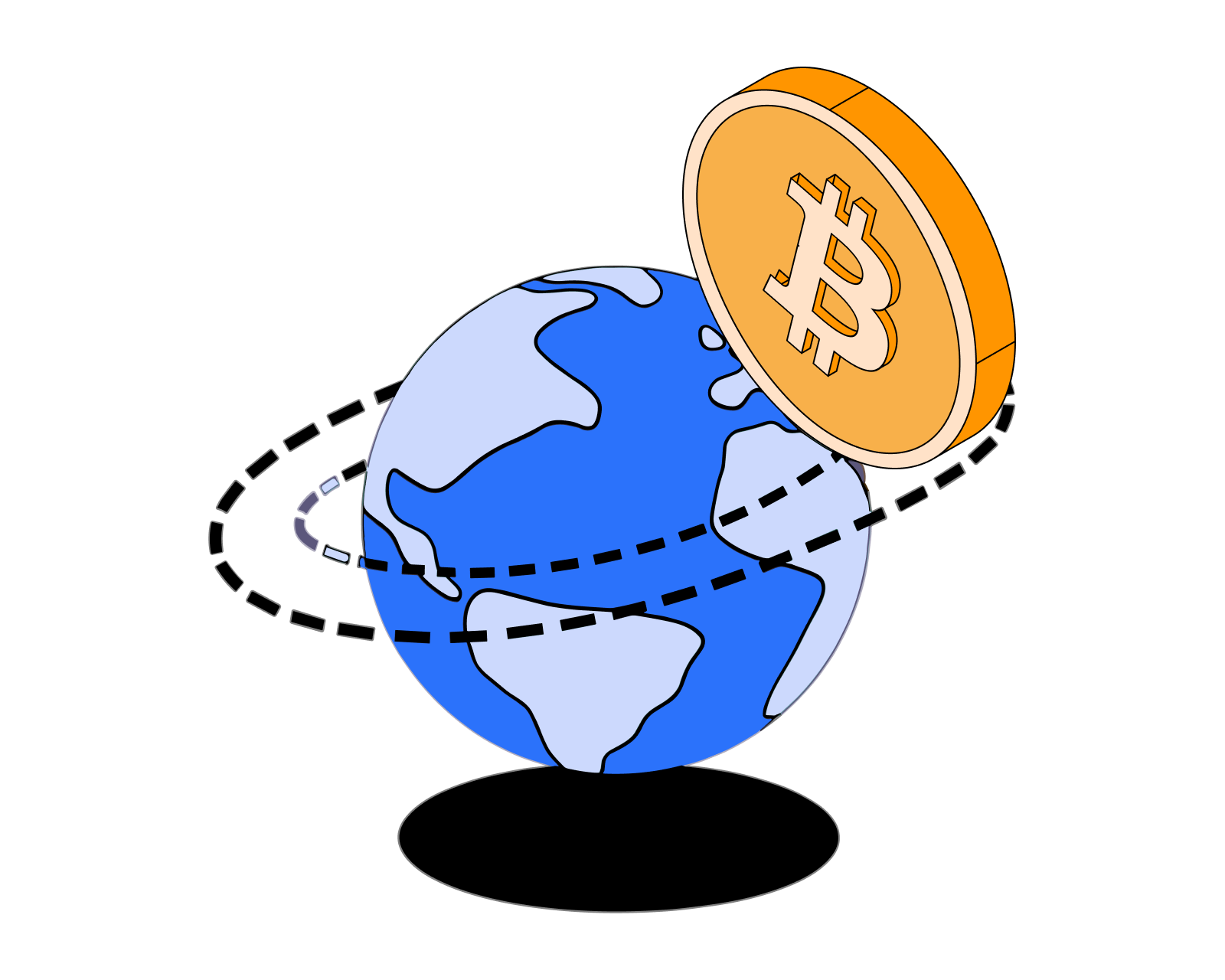
The Bitcoin Revolution
A deep dive into the history of Bitcoin, its evolution, challenges, and the future of digital currencies.
Read this article →
The Bitcoin Revolution
A deep dive into the history of Bitcoin, its evolution, challenges, and the future of digital currencies.
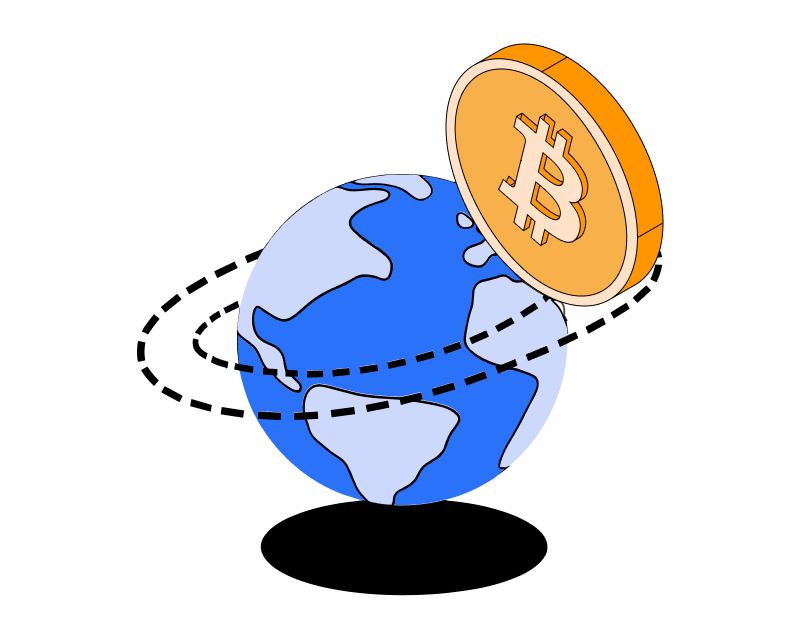
Unstoppable money
Learn about cryptocurrency's original and most powerful use case
Read this article →
Unstoppable money
Learn about cryptocurrency's original and most powerful use case
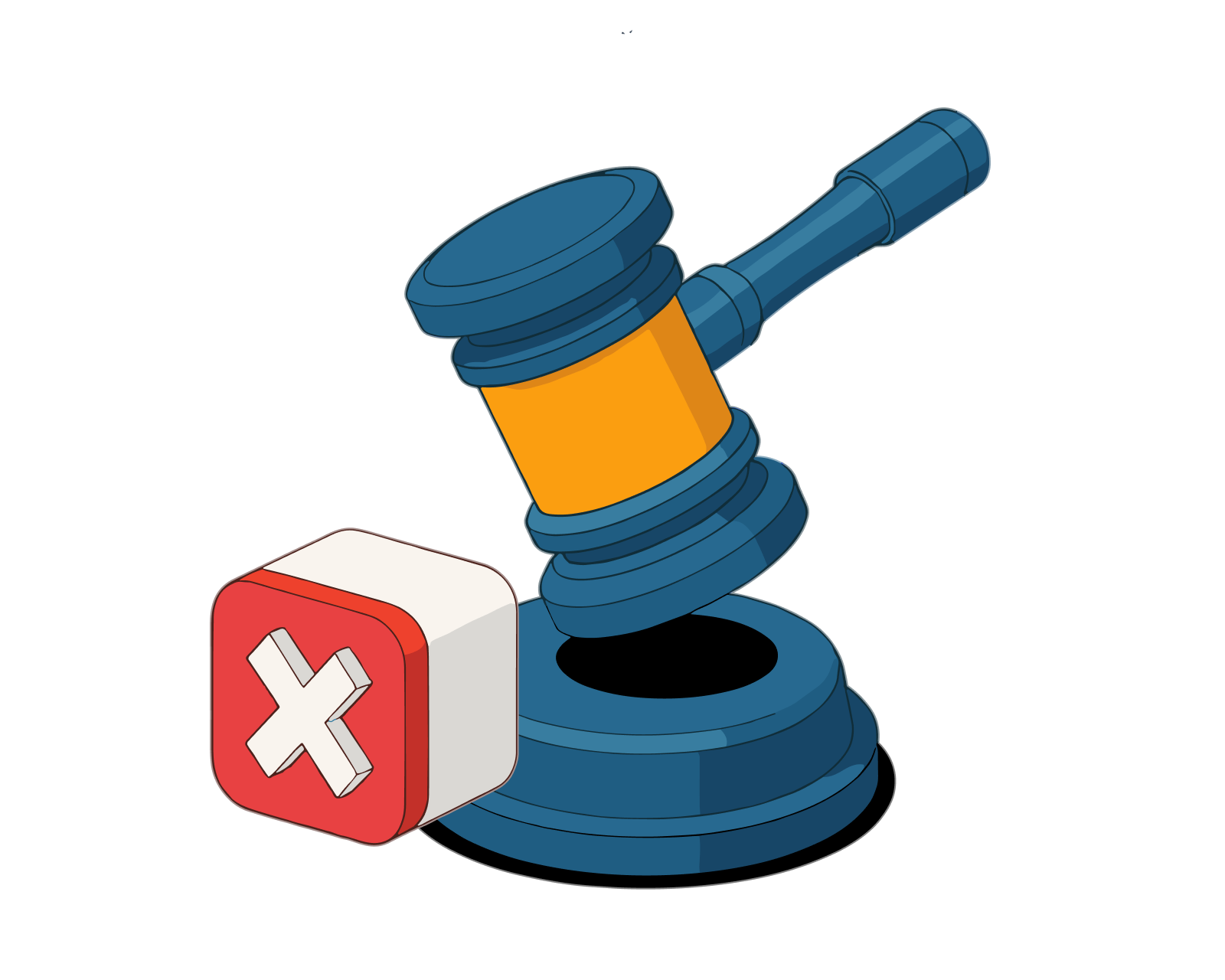
What is censorship resistance?
Censorship resistance is one of crypto's biggest strengths. Learn about its power.
Read this article →
What is censorship resistance?
Censorship resistance is one of crypto's biggest strengths. Learn about its power.
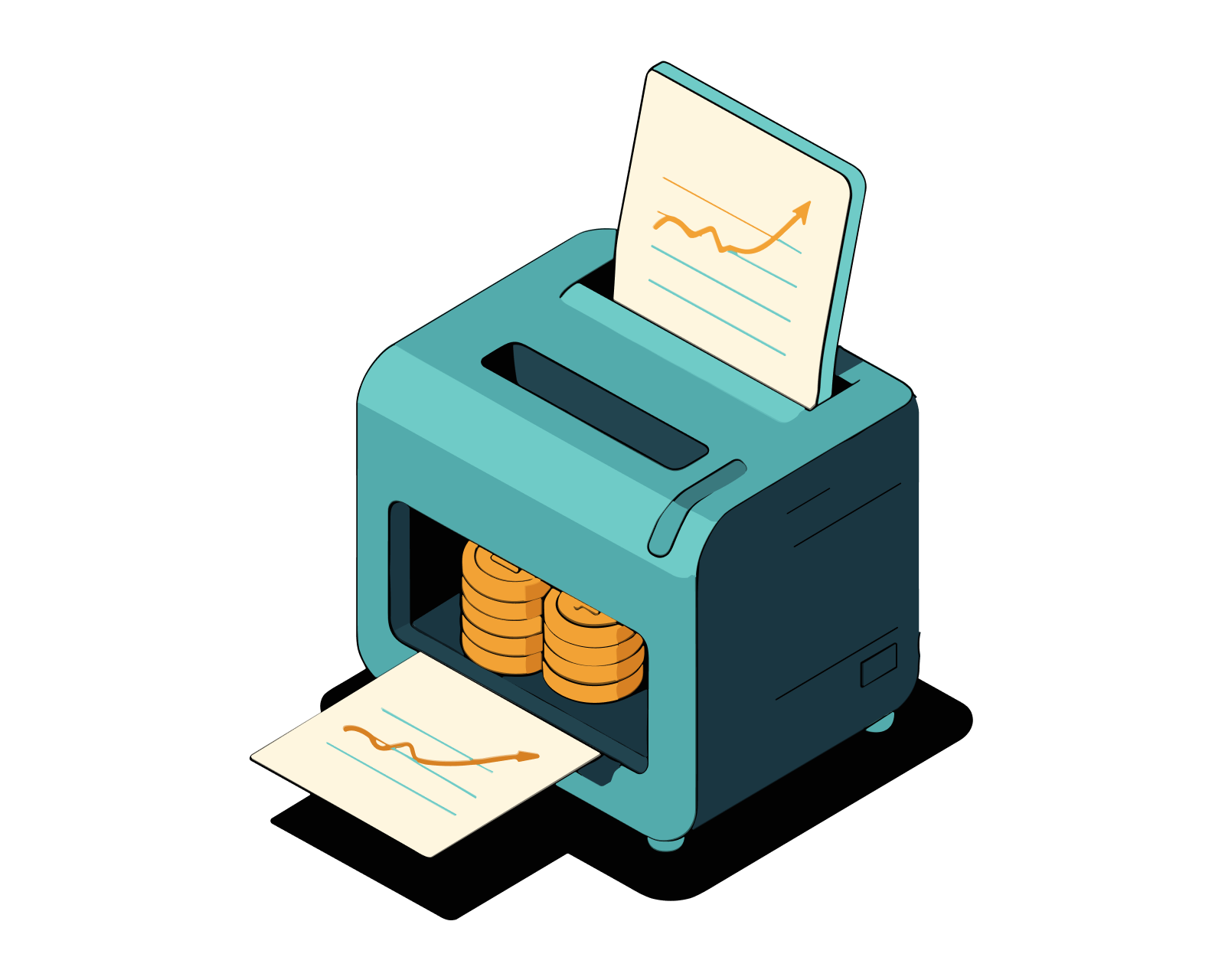

Is Bitcoin a hedge against inflation?
Learn if Bitcoin is a good inflation hedge.

How do bitcoin transactions work?
Understand how the Bitcoin public blockchain tracks ownership over time. Get clarity on key terms like public & private keys, transaction inputs & outputs, confirmation times, and more.
Read this article →
How do bitcoin transactions work?
Understand how the Bitcoin public blockchain tracks ownership over time. Get clarity on key terms like public & private keys, transaction inputs & outputs, confirmation times, and more.
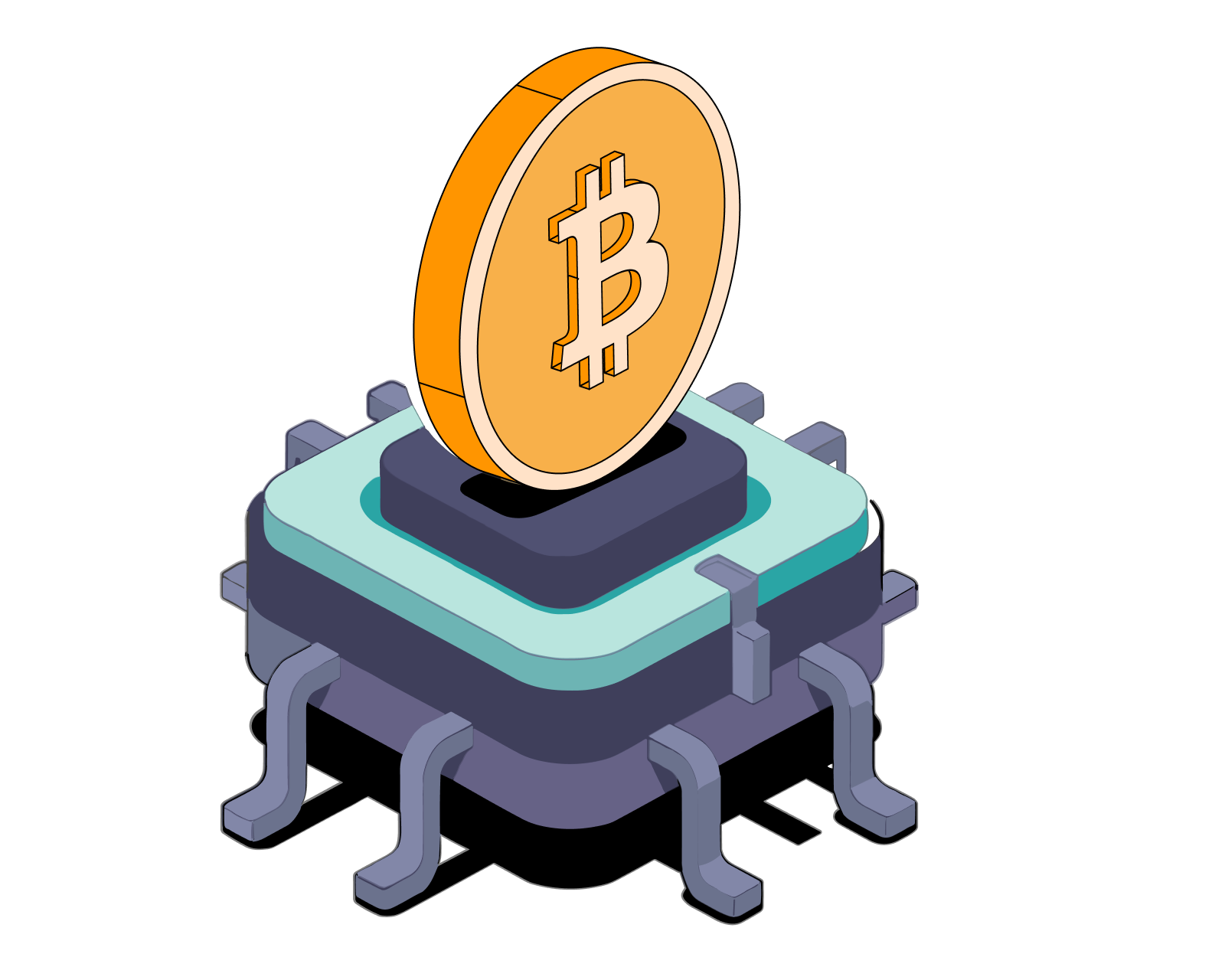
How does Bitcoin compare to other asset classes?
Find out how Bitcoin has performed as an asset class vs. others.
Read this article →
How does Bitcoin compare to other asset classes?
Find out how Bitcoin has performed as an asset class vs. others.

What is Bitcoin governance?
How does the network operate and decide on critical issues?
Read this article →
What is Bitcoin governance?
How does the network operate and decide on critical issues?
STAY AHEAD IN CRYPTO
Stay ahead in crypto with our weekly newsletter delivering the insights that matter most
Weekly crypto news, curated for you
Actionable insights and educational tips
Updates on products fueling economic freedom
No spam. Unsubscribe anytime.
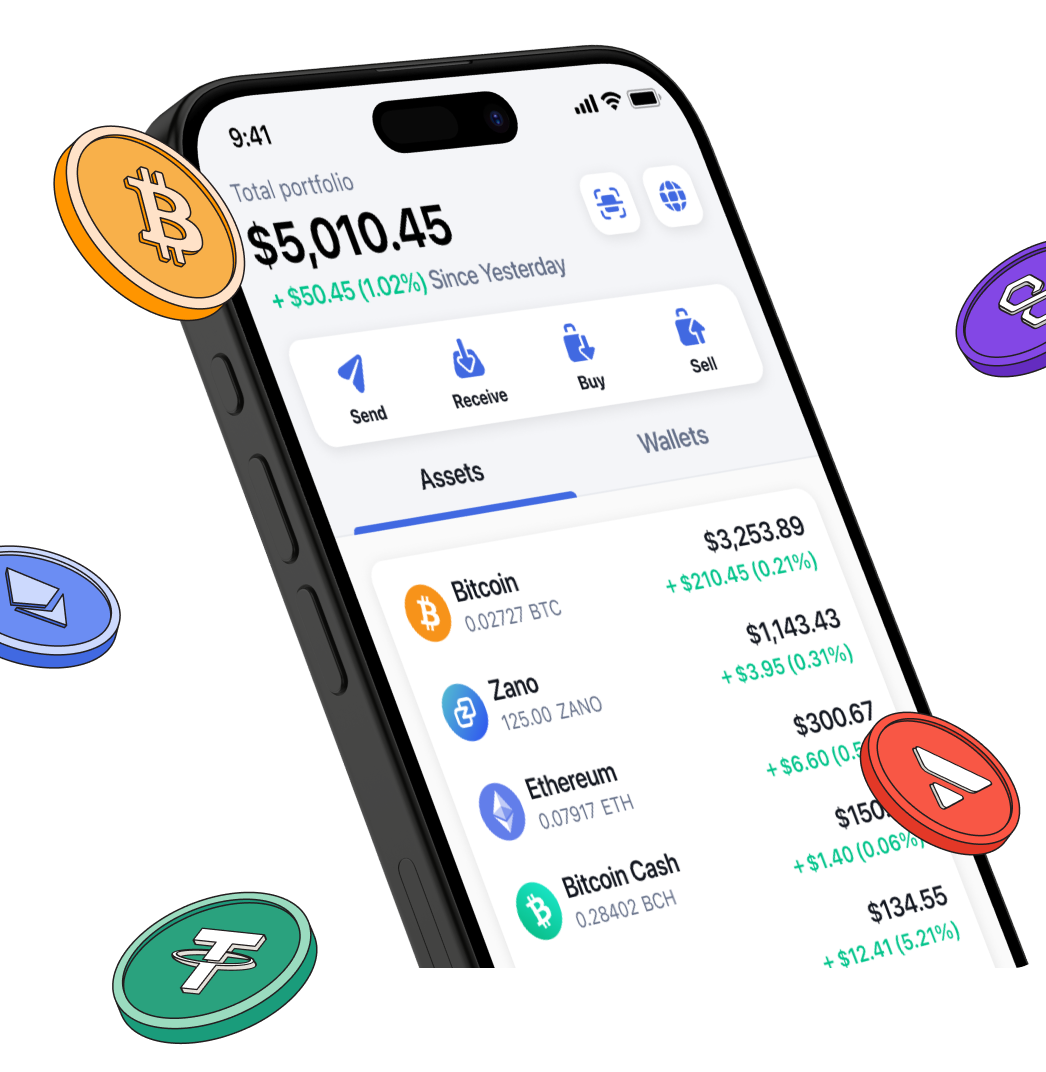
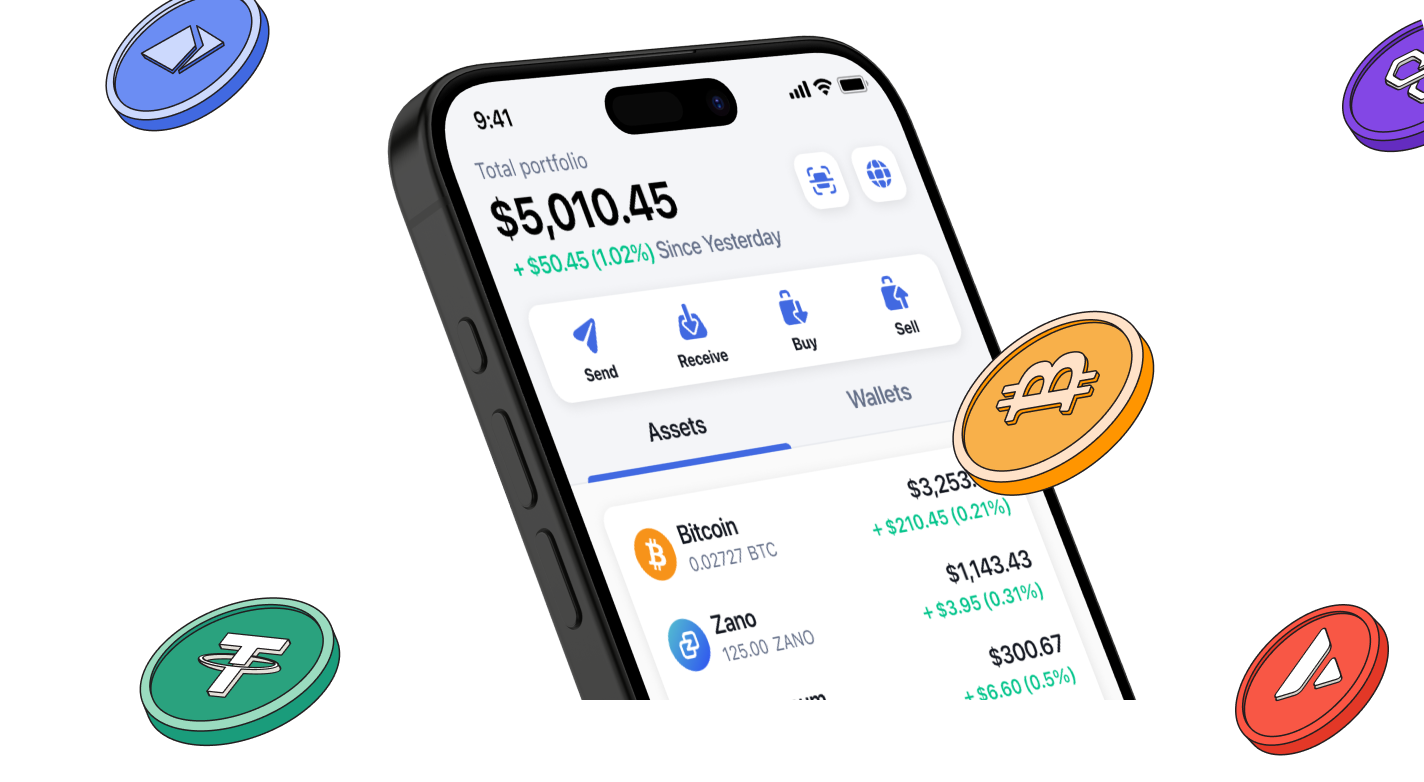
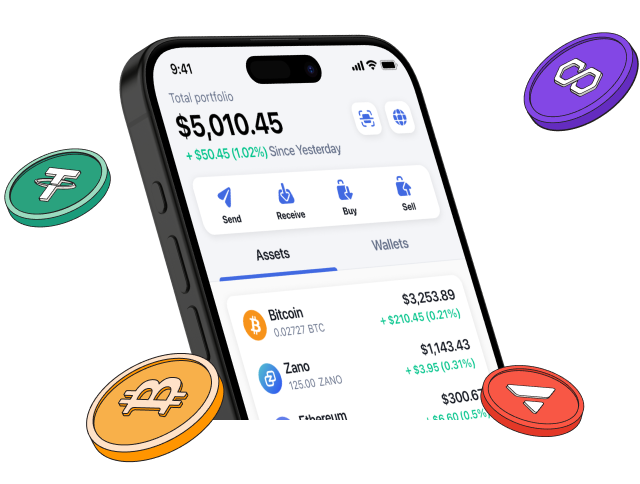
Start investing safely with the Bitcoin.com Wallet
Over wallets created so far
Everything you need to buy, sell, trade, and invest your Bitcoin and cryptocurrency securely

© 2025 Saint Bitts LLC Bitcoin.com. All rights reserved


